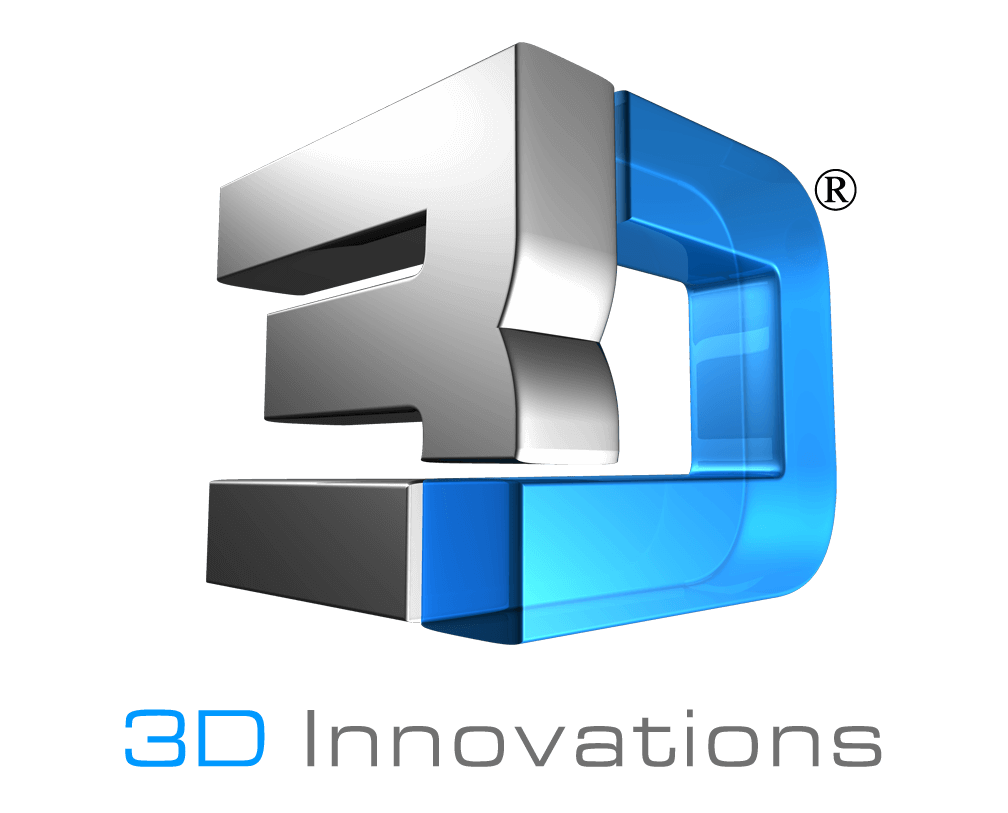Introduction:
In the world of manufacturing and repair, one of the most frustrating challenges is the unavailability or incompatibility of OEM (Original Equipment Manufacturer) parts. Whether it’s a discontinued component, a part that doesn’t fit as intended, or the need for a customized solution, businesses and individuals alike often face delays, increased costs, and operational setbacks.
A common request from clients is to develop custom solutions to OEM parts. One of the main reasons for this is because OEM parts are no longer available or are not made to the specific requirements the customer demands. A recent project had these such requirements. Bringing an idea from a simple sketch to a tangible, functional part is a process that 3D Innovations has extensive expertise in and is familiar with. This case study highlights how custom parts created through 3D printing have become a game-changing solution in these scenarios.
1. The Challenge: OEM Parts Unavailable or Unusable
An industrial equipment repair shop encountered a common problem: a critical machine required a replacement gear that was no longer being manufactured. The OEM had discontinued the product line, and no alternatives were available in the market. The machine’s downtime was costing the business thousands of dollars per day, and fabricating a custom part using traditional methods was projected to take weeks, with exorbitant costs due to low volume.
In another instance, a small manufacturer ordered replacement brackets for a piece of specialized machinery. Although the parts were labeled as compatible by the OEM, they didn’t fit properly due to a design oversight. The mismatched brackets rendered the machinery inoperable, and modifying the parts manually proved to be both time-consuming and imprecise.
A recent project from a customer required parts for a custom bike mounting kit. These OEM parts were not available for the specific size of bike frame on the market.
2. The Solution: Custom 3D Printed Parts
In this case, 3D Innovations recommended utilizing Additive Manufacturing (AM) or 3D Printing for a rapid and cost-effective solution.
Reverse Engineering: Using a combination of techniques, the original parts were reverse-engineered to capture the baseline design and use for making the adaptive design. This process created digital models that accurately reflected the required specifications.
Material Selection: For the bike kit replacement parts, a high-strength nylon infused with carbon fiber was chosen to withstand the mechanical stress of the application while maintaining a lighter weight compared to the OEM parts.
Rapid Prototyping and Iteration: Initial prototypes were printed within hours using a low strength polymer material, allowing the teams to test the fit and functionality. Minor adjustments were made to the designs, and updated parts were printed immediately, reducing the typical iteration cycle from weeks to mere days.
Final Production: Once validated, the final parts were printed using carbon fiber infused nylon materials and post processed to ensure optimal performance and aesthetics.
3. The Results: Efficiency, Cost Savings, and Performance
Using alternative materials and manufacturing processes, these parts were not only produced in a shorter amount of time, but were cheaper by 500% and increased delivery time by 3-4 weeks. While these designs can be fabricated with traditional manufacturing methods such as CNC manufacturing, this process can be costly and time consuming compared to Additive Manufacturing (AM) or 3D Printing (3DP).
Enhanced Customization: The new brackets were designed to fit precisely, and the replicated parts were designed with improved performance, extending the lifespan of the product and making it more adaptable for the customer.
Sustainability: By creating parts on-demand, waste was minimized, and the need for large-scale manufacturing runs was eliminated.
4. Why Custom 3D Printing Is The Future
These examples demonstrate the transformative potential of 3D printing in scenarios where OEM parts are unavailable or inadequate. By leveraging modern Additive Manufacturing technologies, businesses can:
Overcome Supply Chain Challenges: Create parts locally and on-demand.
Tailor Solutions: Customize parts to specific applications, improving performance.
Accelerate Time-to-Market: Reduce lead times for urgent repairs or production runs.
Conclusion
Whether you’re in industrial repair, consumer goods, or niche manufacturing, 3D printing offers a powerful tool to address the limitations of OEM parts and ensure operational continuity. The days of being constrained by supply chain bottlenecks and design oversights are over—custom solutions are just a print away.
Let 3D Innovations help with your invention design and turn it into a prototype and manufactured product. See how to get started today. 3D Innovations has helped many inventors take their idea and transform them into prototypes and product. Reach out and see how we can help.
______
Developing Ideas From Concept To Product®
3D Innovations is a Product Development Company – from the 3D Design to a fully functional 3D Prototype & Product.
Connect with us on Twitter, Facebook, Instagram, & LinkedIn today.

